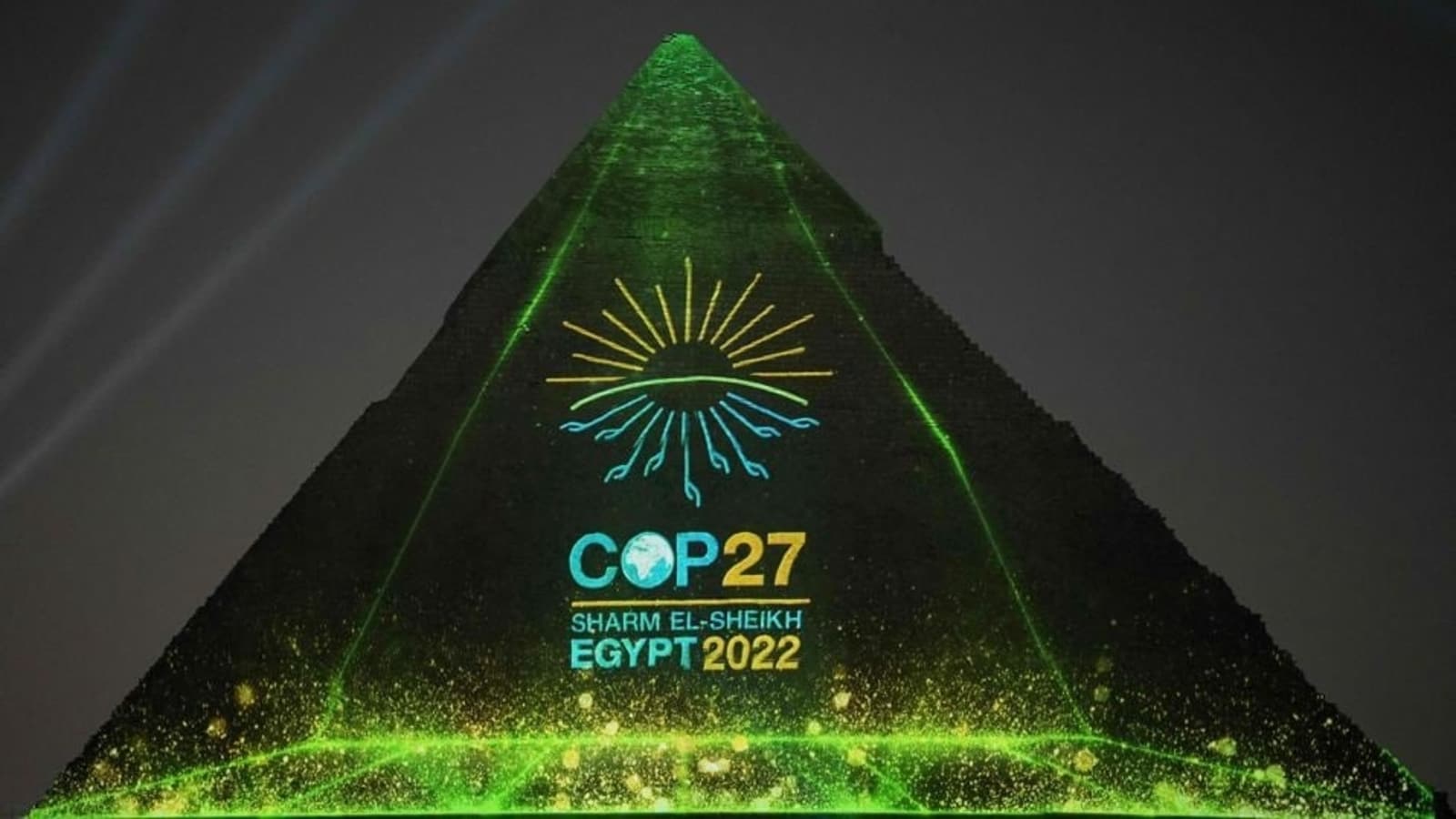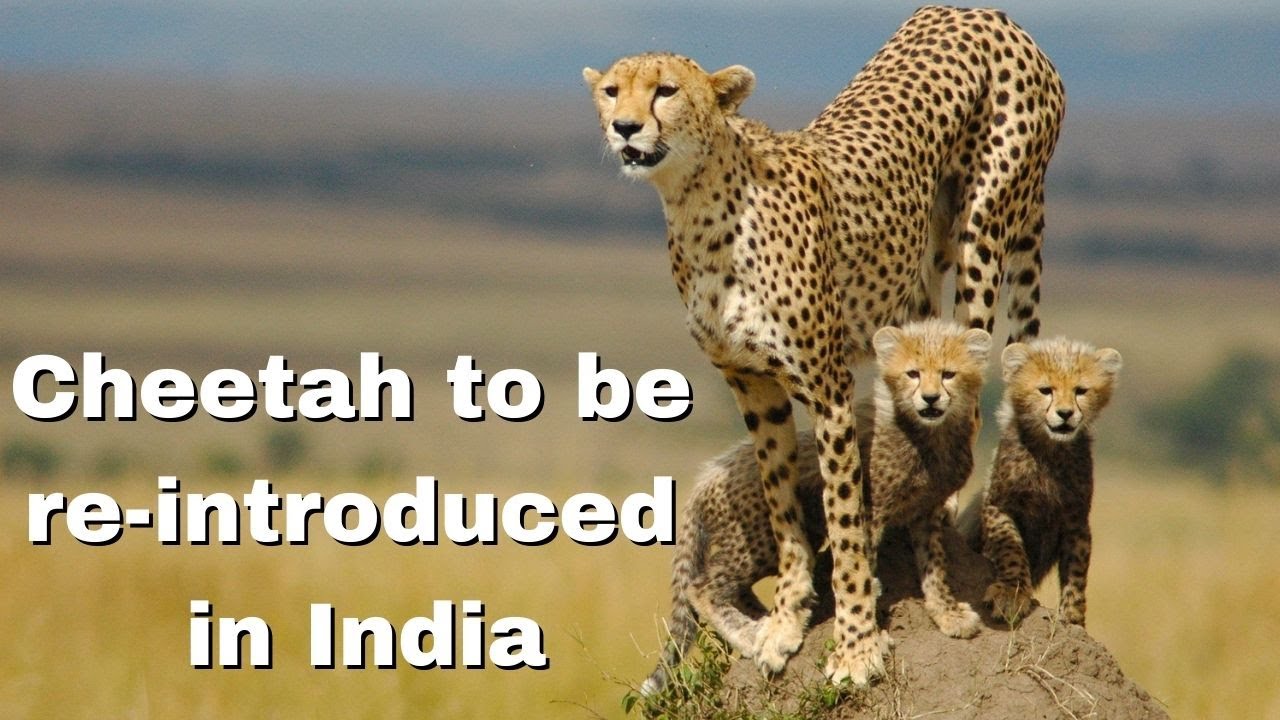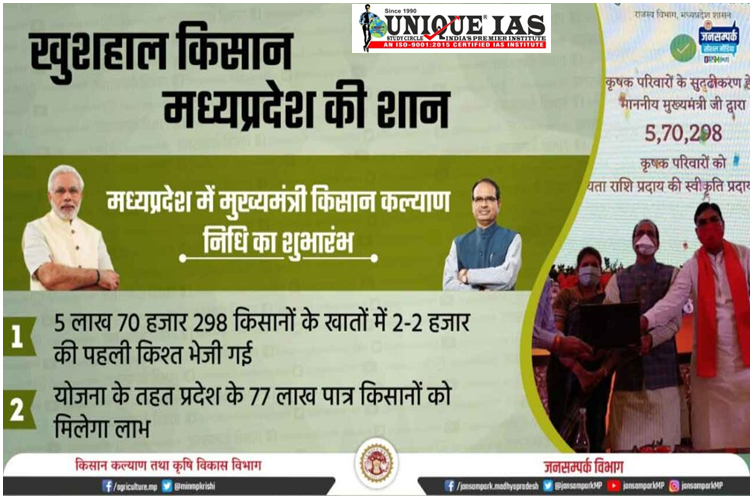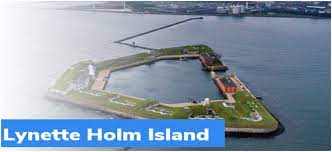COP27 Agenda: Inclusion of Loss and Damage Funding
For the first time in the history of the UN’s climate negotiations, loss and damage funding became part of the official agenda for the COP27 that is being held at Sharm-El-Sheikh in Egypt. Other key additions to the agenda include “matters related to the least developed countries” and “long-term finance”.
What is Loss and Damage Finance?
Loss and damage finance is a proposed mechanism that provides financial aid to areas and communities that are already severely affected by the climate change. This mechanism has been demanded for a long time by developing and vulnerable communities, including India. However, developed countries have opposed it due to the fear of being pushed into providing majority of the funding.
Recently, the developed countries agreed to include the mechanism in the agenda if it does not include ‘compensation and liability’ targeting so that they are not accountable for the historic emissions. If this mechanism becomes a reality, it will positively impact the low-lying vulnerable coastal areas including the Sundarbans, the world’s largest delta that spans across India and Bangladesh.
What is India’s agenda for COP27?
- Climate finance and the clarity regarding its definition so that developing countries are able to accurately assess the extent of the financial flows for climate action.
- India and other developing countries will push for the rich countries to agree to a new global finance target known as the new collective quantified goal on climate finance (NCQG). The aim of the target to provide for the costs required for addressing and adapting to climate change. The discussions on NCQG must focus on the resource flow’s quantity, quality and scope.
- Lifestyle for Environment (LiFE), which was proposed by Prime Minister Modi, will also be part of the agenda. It is a pro-people and pro-planet effort that aims to make a global shift in form the mindless and wasteful consumption to a mindful and deliberate utilization of natural resources.




.jpg)
.jpg)
.jpg)
.jpg)
.jpg)




.jpg)
